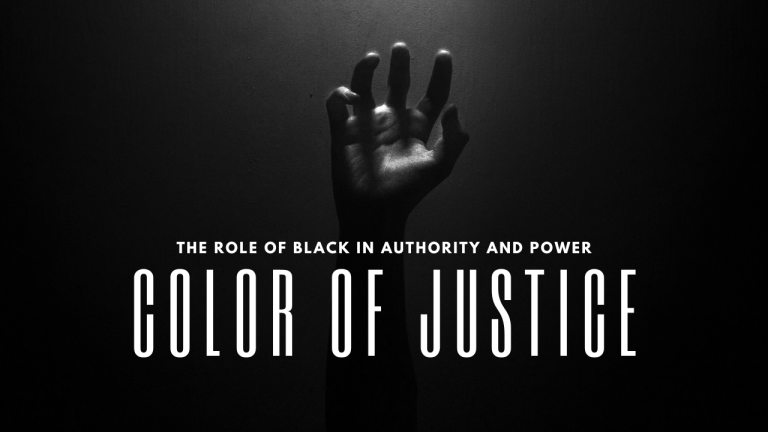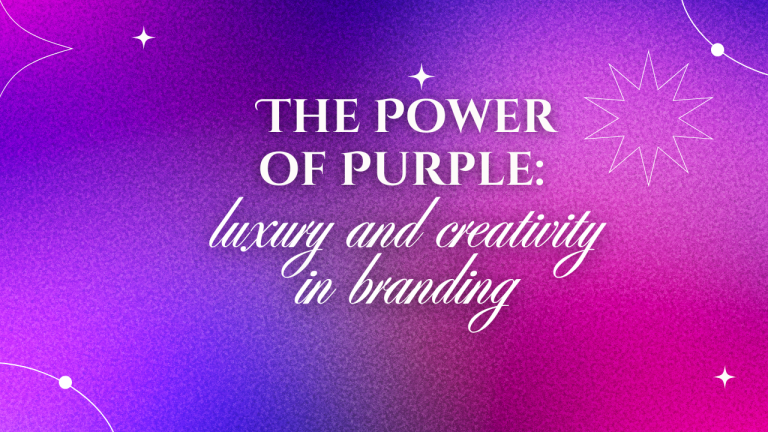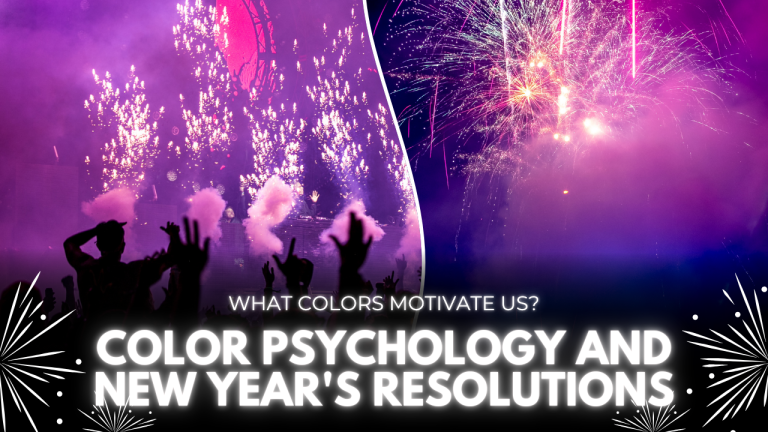The colors for productivity that we choose to surround ourselves with significantly influence our mood, energy, and concentration. With more individuals shifting to remote work, it’s essential to create a productive workspace by selecting the right colors. By understanding effective color schemes and applying them thoughtfully, you can elevate your home office from a simple workspace to a setting that boosts your performance and overall well-being.
The Science Behind Color Psychology
Color psychology goes beyond mere interior design concepts; it is supported by scientific evidence. Research indicates that various colors can influence our brain activity, heart rate, and even how we perceive time. This psychological effect plays a significant role in shaping our productivity, creativity, and stress levels during the workday.
When creating a home office, it’s crucial to think about how each color may impact your work performance and select hues that cater to your professional requirements. Let’s delve into the most effective colors for enhancing productivity and discuss how to integrate them into your workspace.
Blue: The Productivity Powerhouse
Blue is often recognized as one of the most effective colors for workplace settings. This soothing shade can enhance focus, increase mental clarity, and foster a feeling of stability. Lighter to medium shades of blue are great for maintaining concentration during extended work periods, while darker blues contribute to a more professional environment that supports efficient task completion.
-
Royal Blue (Hex: #4169E1): A vibrant, classic blue that evokes trust and professionalism.
-
Navy Blue (Hex: #000080): Deep and authoritative, perfect for creating focus.
-
Sky Blue (Hex: #87CEEB): Light and airy, promoting clarity and tranquility.
-
Steel Blue (Hex: #4682B4): A balanced mid-tone that combines professionalism with approachability.
-
Powder Blue (Hex: #B0E0E6): Soft and subtle, perfect for background elements.
To bring blue into your home office, think about painting an accent wall or incorporating blue furniture. Even small touches like blue artwork or decorative items can help you take advantage of these productivity-boosting qualities without making the space feel cluttered.
Green: Nature’s Productivity Booster
Green infuses the refreshing essence of nature into indoor spaces and is associated with boosting creativity and alleviating eye strain. This relationship with nature, referred to as biophilic design, can help lower stress levels and enhance productivity. Shades like medium to sage green are especially beneficial in home offices, creating a balanced atmosphere that encourages both concentration and innovation.
-
Sage Green (Hex: #9DC183): A natural, calming shade that promotes balance.
-
Forest Green (Hex: #228B22): Deep and grounding, connecting to nature.
-
Mint Green (Hex: #98FF98): Fresh and invigorating, ideal for accent pieces.
-
Olive Green (Hex: #808000): Earthy and sophisticated, bringing stability.
-
Sea Green (Hex: #2E8B57): Rich and balanced, promoting growth.
You can incorporate green through plants, which not only add a splash of color but also improve air quality. Additionally, using green in wall paint, furniture, or even a collection of nature-themed artwork can effectively introduce this energizing color into your workspace.
Yellow: Energy and Innovation
While an excess of yellow can be overpowering, using this lively color thoughtfully can spark innovation and keep energy levels high throughout the day. Gentle, buttery yellows or golden highlights can foster a warm environment that promotes optimism and creative thought.
-
Butter Yellow (Hex: #FFF4B0): Soft and welcoming, enhancing creativity.
-
Golden Yellow (Hex: #FFD700): Bright and energizing, stimulating innovation.
-
Pale Yellow (Hex: #FFF8DC): Light and gentle, perfect for large wall spaces.
-
Canary Yellow (Hex: #FFEF00): Vibrant and attention-grabbing, boosting energy.
-
Cream Yellow (Hex: #FFFDD0): Subtle and sophisticated, creating warmth.
Think about incorporating yellow as an accent through desk accessories, artwork, or a standout piece of furniture. This method allows you to enjoy the energizing effects of yellow without overwhelming the space, which could hinder productivity.
White: Clarity and Focus
White spaces enhance mental clarity and minimize visual distractions. Yet, a completely white office can come across as sterile and uninspiring. The trick is to use white as a foundational color and add other productive colors as accents. This method fosters a clean, professional atmosphere while keeping visual appeal and psychological advantages intact.
-
Pure White (Hex: #FFFFFF): Clean and crisp, maximizing brightness.
-
Snow White (Hex: #FFFAFA): Soft white with a hint of warmth.
-
Ivory (Hex: #FFFFF0): Creamy white that reduces harshness.
-
Antique White (Hex: #FAEBD7): Warm white with a vintage feel.
-
White Smoke (Hex: #F5F5F5): Light gray-white for subtle contrast.
Neutral Foundations: Grays and Beiges
Neutral colors are great foundational elements in effective color schemes. Light grays and warm beiges can establish a sophisticated backdrop that promotes focus while allowing for flexibility in accent colors. These neutrals are especially suitable for home offices that also serve as video conference spaces, as they provide professional backgrounds without being distracting.
-
Light Gray (Hex: #D3D3D3): Subtle and professional, perfect for backgrounds.
-
Warm Beige (Hex: #D4C4B7): Cozy and inviting, creating comfort.
-
Taupe (Hex: #483C32): Sophisticated gray-brown, bringing elegance.
-
Greige (Hex: #BAB2B5): Perfect blend of gray and beige, modern yet warm.
-
Charcoal (Hex: #36454F): Deep and grounding, providing contrast.
Creating Your Color Strategy
When adding color to your home office, keep these practical tips in mind:
The 60-30-10 Rule: Designate your main color (like white or gray) for 60% of the area, a secondary color (such as blue or green) for 30%, and an accent color for the last 10%. This approach ensures visual harmony while enhancing the psychological effects of each hue.
Lighting Considerations: The way we see color can change with different lighting, so be sure to test your color selections in various light conditions. What seems ideal in the morning light might look completely different during afternoon video calls.
Personal Preferences: Although color psychology offers useful insights, your own tastes and work habits should play a significant role in your final decisions. If certain colors have previously helped you concentrate, feel free to use them, even if they don’t align with traditional advice.
Avoiding Common Pitfalls
When planning the color scheme for your home office, it’s important to steer clear of common pitfalls. Using an excess of bright or saturated colors can lead to visual clutter and hinder your productivity. Additionally, it’s wise to avoid selecting colors just because they’re trendy; instead, aim for a timeless palette that enhances your work environment.
Maintenance and Flexibility
Keep in mind that your color choices can change over time. As your projects develop or as you gain a deeper understanding of how various colors influence your productivity, feel free to modify your color scheme. Begin by incorporating smaller color elements through accessories and artwork before committing to larger changes like painting the walls.
The Impact on Remote Work
As remote work becomes more prevalent, the color scheme of your home office can play a crucial role in your professional success. Choosing the right colors can help you stay focused during video calls, boost creativity during brainstorming sessions, and create a clear boundary between your work and personal life.
You don’t need to completely renovate your space to create a productive home office through color. By understanding the principles of color psychology and making deliberate choices, you can craft an environment that not only appears professional but also enhances your productivity and well-being. Keep in mind that the most effective color schemes are those that blend scientific insights with your personal tastes and practical needs.






